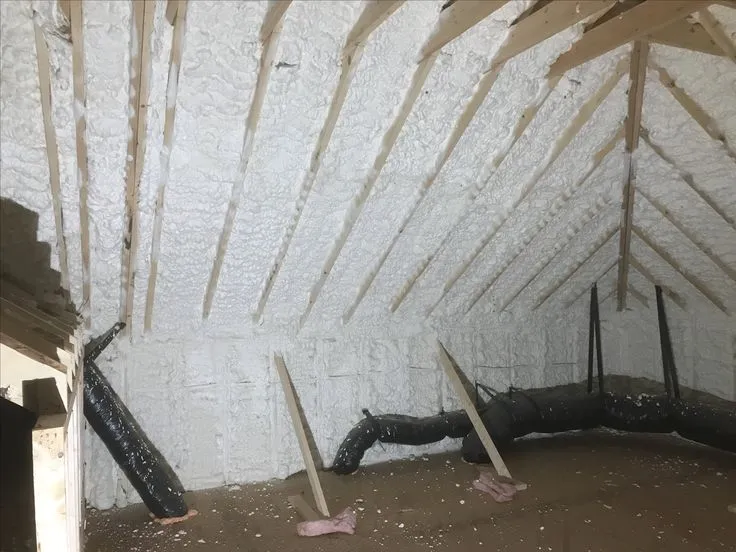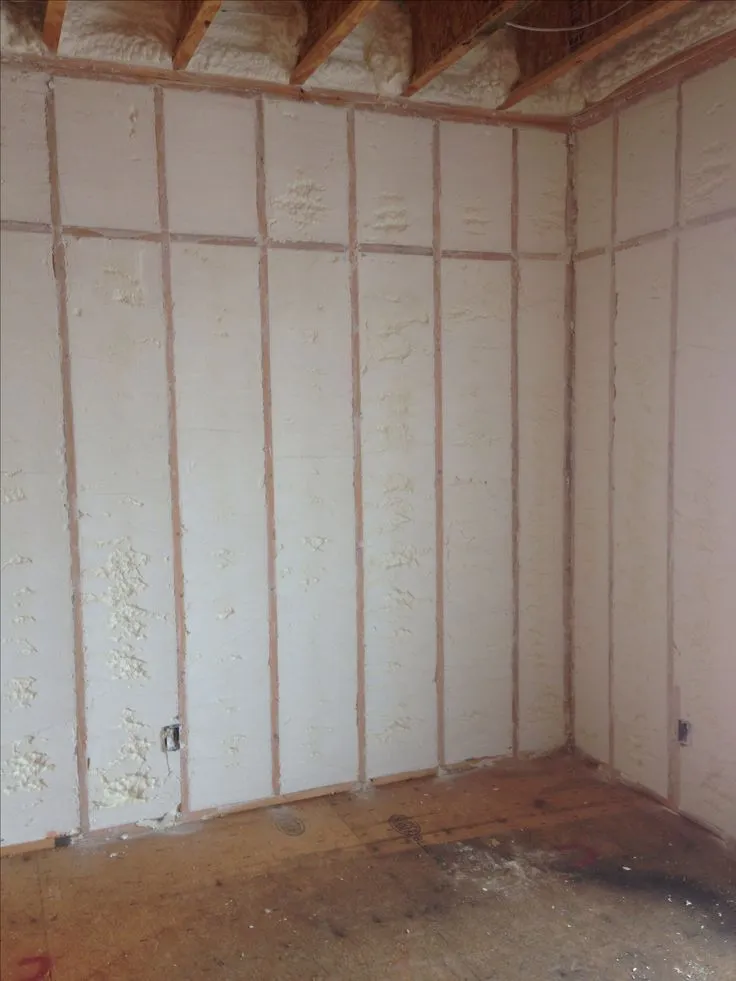
A professional insulation system keeps your home at a steady temperature by creating a tight barrier that blocks heat from escaping in winter and stops hot air from entering during summer. In Burien, WA, where winters bring damp chills and summers stay mild but humid, this setup reduces energy use and keeps indoor spaces comfortable year-round. Installers seal gaps and add materials with high R-values to trap warmth inside or keep cool air in place.
This article breaks down the process, local climate impacts, and key factors to think about. Readers gain clear steps to assess their homes and make informed choices. Information draws from hands-on work with installations in the Puget Sound area, where weather patterns demand reliable barriers against moisture and temperature swings. To better understand these needs, we’ll start with Burien’s unique climate and how it shapes insulation choices.
Burien sits in King County, exposed to the Pacific Northwest’s rainy seasons and foggy mornings. Average winter lows dip to around 38°F, while summers rarely top 75°F, according to data from the National Weather Service. Yet, high humidity and wind make homes feel colder or stuffier without proper insulation.
Homes here lose heat quickly through uninsulated walls and attics, leading to higher heating bills. A professional system addresses this by filling voids and preventing air leaks. For example, in older Burien residences built before 1980, drafts often pull in cold air from the Sound.
Local building codes require minimum R-38 for attics, but pros often recommend higher for better performance. This approach cuts down on the 20-30% energy loss typical in uninsulated Pacific Northwest homes, as noted in a U.S. Department of Energy report.
Insulation works by slowing heat transfer. Materials like fiberglass, cellulose, or foam fill spaces in walls, floors, and roofs. Professionals assess your home’s structure first, then apply the best fit for Burien’s damp conditions.
Spray foam expands to seal cracks, creating an airtight layer that resists moisture buildup common in rainy climates. Rigid boards suit exteriors, while batts work for accessible areas. Each type raises the home’s thermal resistance, measured in R-value—the higher, the better at holding temperature.
Bonus Tip: Check for ventilation during install to avoid trapped moisture, which can lead to mold in humid Burien air.
Proper insulation stabilizes room temps, so heaters and AC units run less. In Burien, this means fewer chilly drafts near windows during January rains. Studies show well-insulated homes maintain even heat, reducing hot spots by up to 15%.
Energy savings add up too. Washington State homes with upgraded insulation save about $200 yearly on utilities, per a Puget Sound Energy analysis. Comfort improves as outside noise drops and air quality rises with fewer pollutants sneaking in.
To illustrate these benefits, consider the following comparison of common insulation types for Burien homes:
| Insulation Type | R-Value per Inch | Best For | Moisture Resistance | Cost Range (per sq ft) |
|---|---|---|---|---|
| Fiberglass Batts | 3.1-4.4 | Walls, attics | Moderate | $0.50-$1.50 |
| Cellulose Blown-in | 3.2-3.8 | Attics, walls | Good | $1.00-$2.00 |
| Spray Foam (Closed-Cell) | 6.0-7.0 | Sealing gaps | Excellent | $1.50-$3.00 |
| Rigid Foam Boards | 3.8-5.0 | Basements, exteriors | High | $0.25-$1.00 |
This setup helps Burien residents handle the area’s 40+ inches of annual rain without indoor humidity spikes.
Market data from the U.S. Census Bureau indicates that 25% of Washington homes built pre-1960 lack adequate insulation, driving up regional energy use by 10-15%.
Assess your home’s current setup. Older Burien houses may have settling insulation that no longer covers fully. Measure energy bills over a season to spot patterns—spikes in winter suggest leaks.
Budget plays a role. Initial costs range from $1,500 for attics to $5,000 for whole homes, but rebates from Washington State Energy Office cut expenses. Think about long-term gains: payback happens in 3-5 years through lower bills in this mild but drafty climate.
Hire certified pros who know local codes. They inspect for asbestos in pre-1980 builds and ensure airflow to prevent condensation. Family size and work-from-home setups influence needs—busier homes demand quieter, more efficient systems.
Bonus Tip: Test for air leaks with a blower door before investing; it reveals weak spots without guesswork.
Regional factors matter. Burien’s proximity to the airport means some homes face extra noise, where dense insulation doubles as a sound barrier.
Damp air seeps into cracks, making homes feel colder. Insulation blocks this while allowing vapor to escape, reducing rot risks.
Quality installs hold up 20-50 years, depending on material and maintenance.
Yes, energy-efficient features boost appraisals by 5-10% in the Northwest market.
Regular checks keep insulation effective. Inspect attics yearly for compression or pests, common in wooded Burien neighborhoods. Clean vents to ensure balanced air flow.
In humid conditions, add dehumidifiers if needed. Data from the Environmental Protection Agency shows proper care extends performance and avoids costly repairs.
Bonus Tip: Seal around new fixtures like lights to preserve the barrier’s integrity.

Aim for R-49 in attics and R-21 in walls to match local climate. This handles the cool, wet winters effectively.
It evens out temperatures by stopping drafts. Pair it with balanced HVAC for best results.
It works well for irregular shapes but check for expansion risks in tight spaces.
Sealed systems reduce dust and pollen entry, improving indoor air.
If bills rise unexpectedly or rooms stay cold despite heating, it’s time.
Professional insulation locks in desired temperatures, cuts energy costs, and boosts comfort in Burien’s variable weather. Focus on local climate needs, like moisture control, and evaluate home specifics for the right fit. Review your setup against these points to align with efficiency goals and daily life.
Evaluate your home’s insulation today. For expert guidance in the Seattle area, reach out to Cascadia Spray Foam of Seattle at [email protected] or call (425) 386-3500. Schedule an assessment to understand options tailored to Burien properties. This step leads to reliable temperature control and savings.